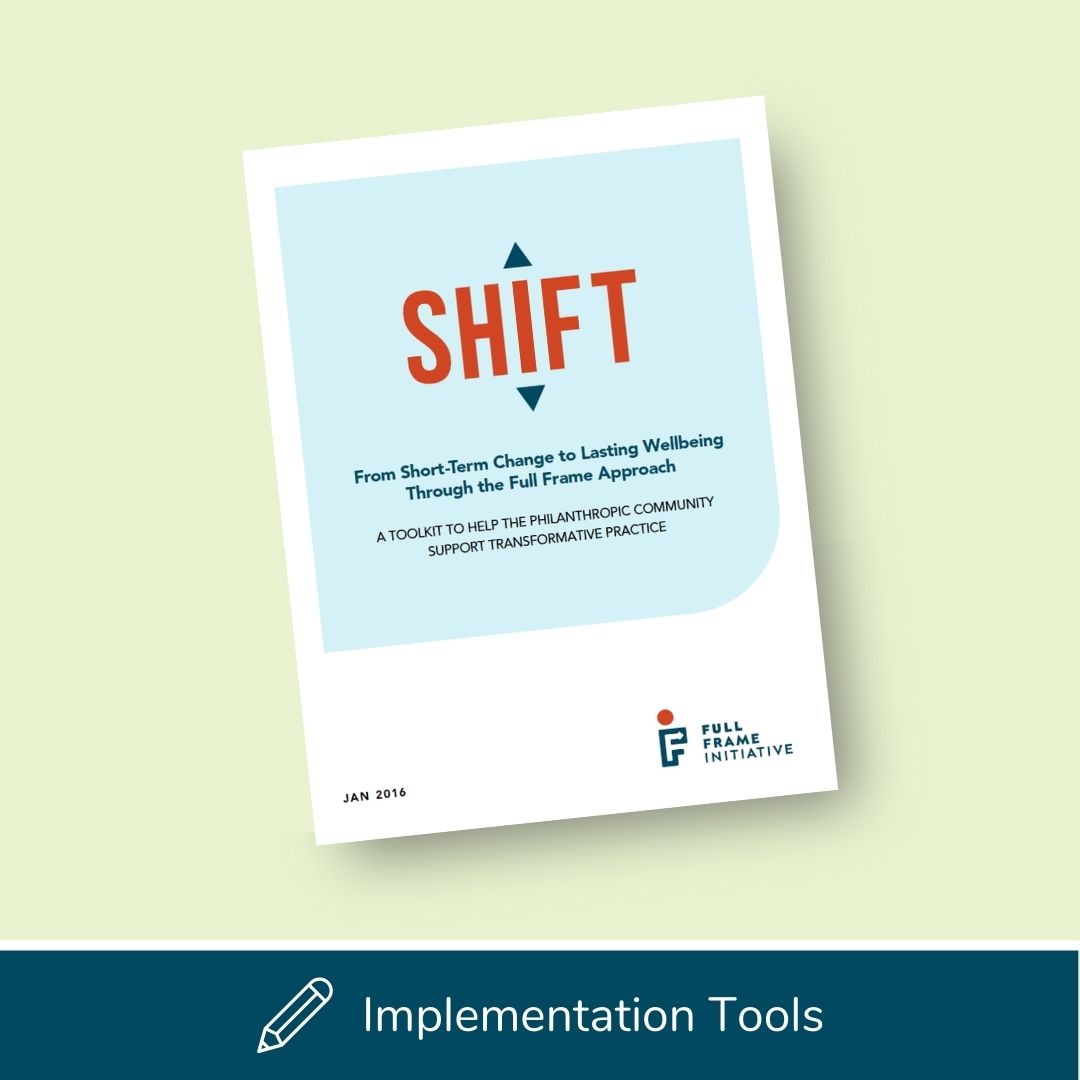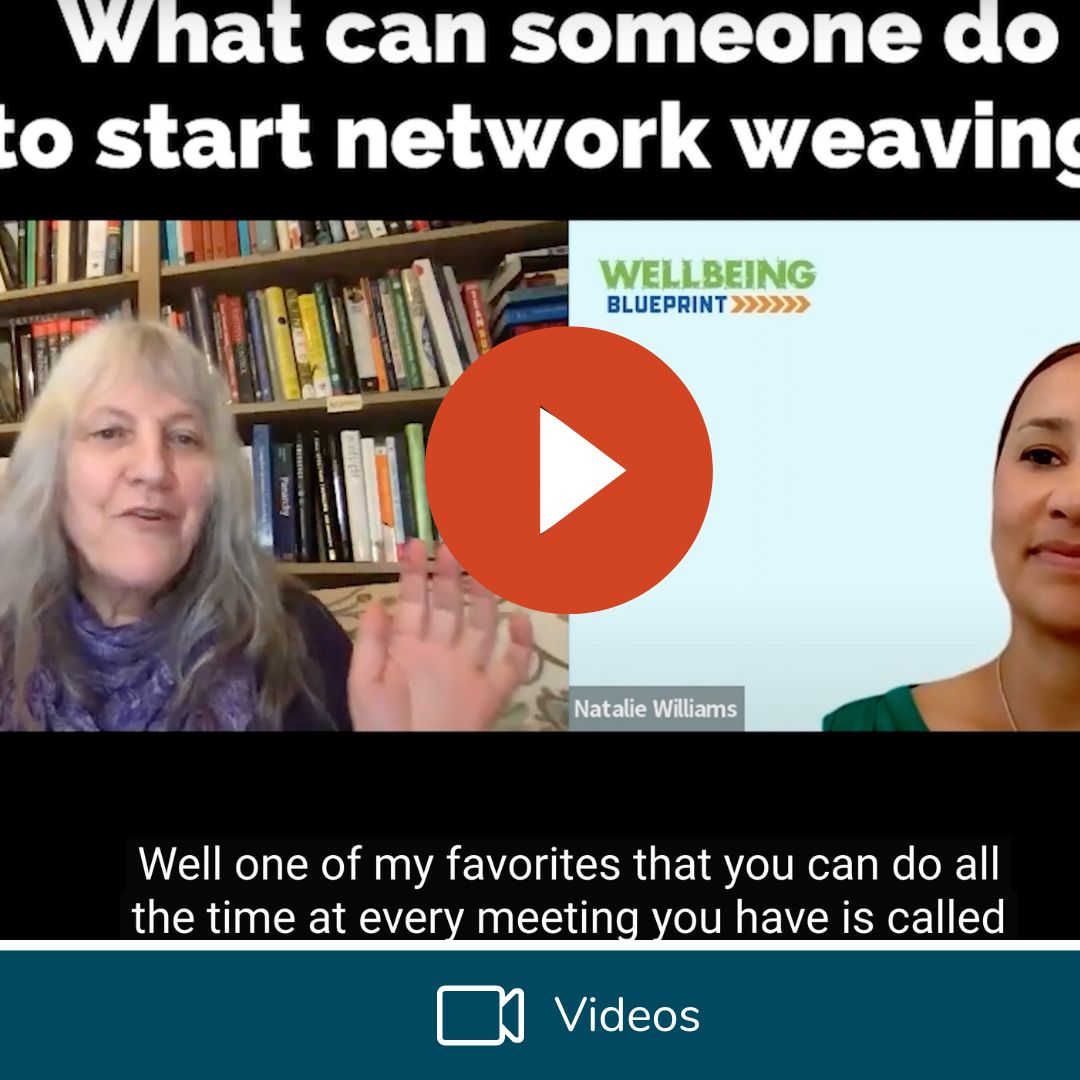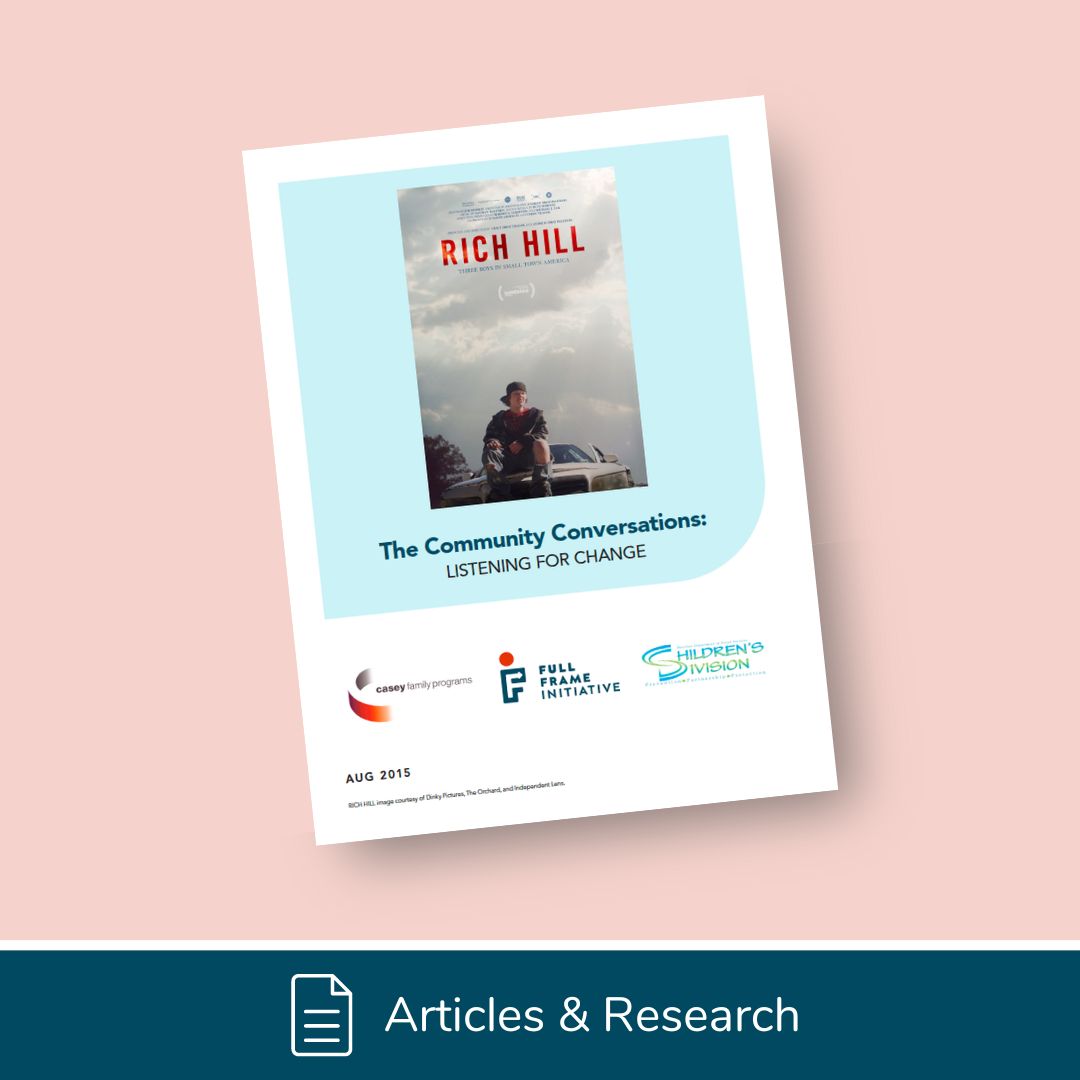What does this look like in practice?
 The Right Question Institute (RQI) trains frontline service providers, including lawyers, social workers, healthcare professionals and community advocates, to use a simple method for building their clients’ self-advocacy skills.
The Right Question Institute (RQI) trains frontline service providers, including lawyers, social workers, healthcare professionals and community advocates, to use a simple method for building their clients’ self-advocacy skills.
Their method is centered around helping people ask questions and participate effectively in decisions, skills which can foster social connections and social capital.
When people can advocate for themselves and their families as they navigate a range of systems, wellbeing and social connectedness improve. A parent shared: “I was always interested in my children’s schoolwork but it was hard for me to know what I should ask. I was afraid that the teachers would think that I was dumb and that would reflect on my child. Now I feel much more confident and have told several other parents in my [housing] project.” In addition to becoming more effective advocates, people also report their new skills lead to improved relationships with their family members. They are better able to support each other and can work together to identify and achieve common goals.
Relationships with direct service providers also improve when people are able to ask their own questions and focus on key decisions. Many people report stronger partnerships with providers: “[I learned] to communicate better with my doctor, that I can talk with him the way I talk with a friend. [I got] rid of that fear . . . that block that sometimes is between patient and doctor that sometimes makes you afraid to ask or because one thinks that [doctors] know everything . . . That is gone. Now I ask.” People also feel more powerful and confident when engaging with authority figures: “A lot of [the] time where our kids are concerned, we get emotional. The [RQI method] defused that emotion, I was respected . . . I gained a lot of self-respect . . . the political aspect of it is that there is an authority figure, but with these questions, I feel like I’m on an equal level with him.” By strengthening communication and partnerships between clients and service providers, RQI’s methods build bridging and linking capital – relationships that connect us across differences of identity, experience and power.

 The
The 

